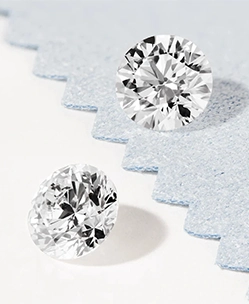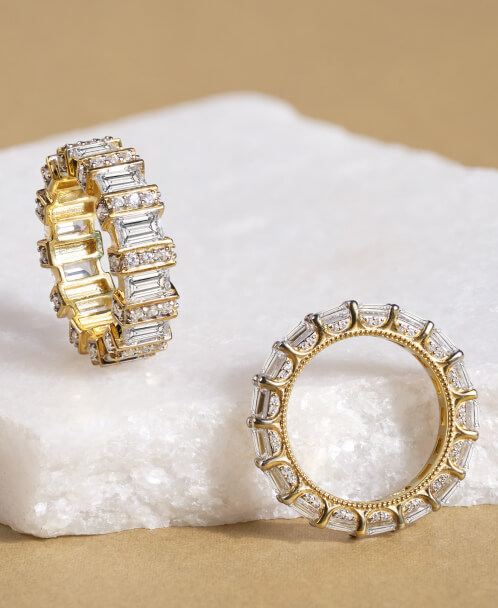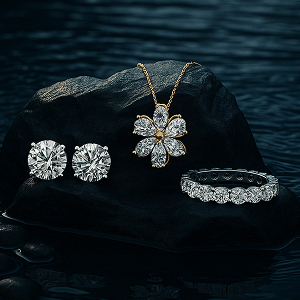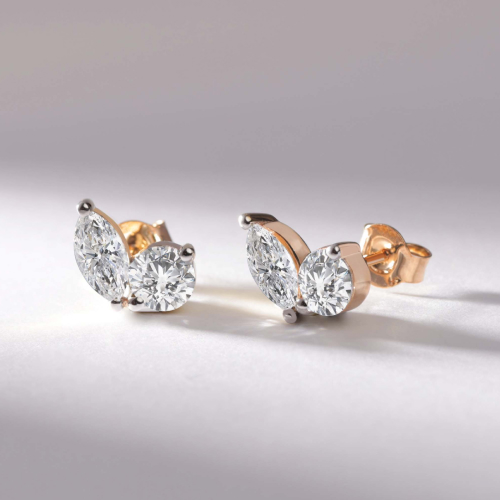History has been a witness: men of higher standing and warrior heroes were seen donning wearable forms of identification and communication, which are now known as men’s jewelry to the world. The jewelry pieces were made with precious gems and metals like gold or silver.
But if we were to scrounge around the archives of the history of jewelry, we would know styling them was not just about displaying your rank or status. It was more like a form of self-expression, dating way before the rise of our modern era.
If you have ever wondered why men who once embraced their true selves and jewelry so earnestly have now stepped away in the later centuries. Well, you’re not alone. The history of men's jewelry has been a fascinating journey shifting between cultural norms, artistic identity, and gender perception.
Today, jewelry has evolved way beyond the traditionally set gender boundaries; it is reflecting a broader cultural shift toward personal style and self-expression. So, with that being said, let us help you dive into the rich history of men’s jewelry and how it is now shaping modern fashion trends.
Table of Content
The Rise and Fall of Unisex Jewelry
It wouldn’t be fair if we were talking about jewelry and missed talking about the Egyptians. The ancient Egyptians really loved their jewelry pieces. They truly believed the bigger, the better. (We mean jewelry.) Talk about huge pendants, bracelets, necklaces, and anklets.
The Pharaohs, kings, and emperors—basically people with higher standing status—were seen wearing jewelry made from gold and adorned with precious gems and stones. However, if you thought that jewelry styling in the Egyptian era was only limited to wealthy people, well, you are wrong here.
In their scriptures, you could easily see that commoners would make their jewelry with clay beads.
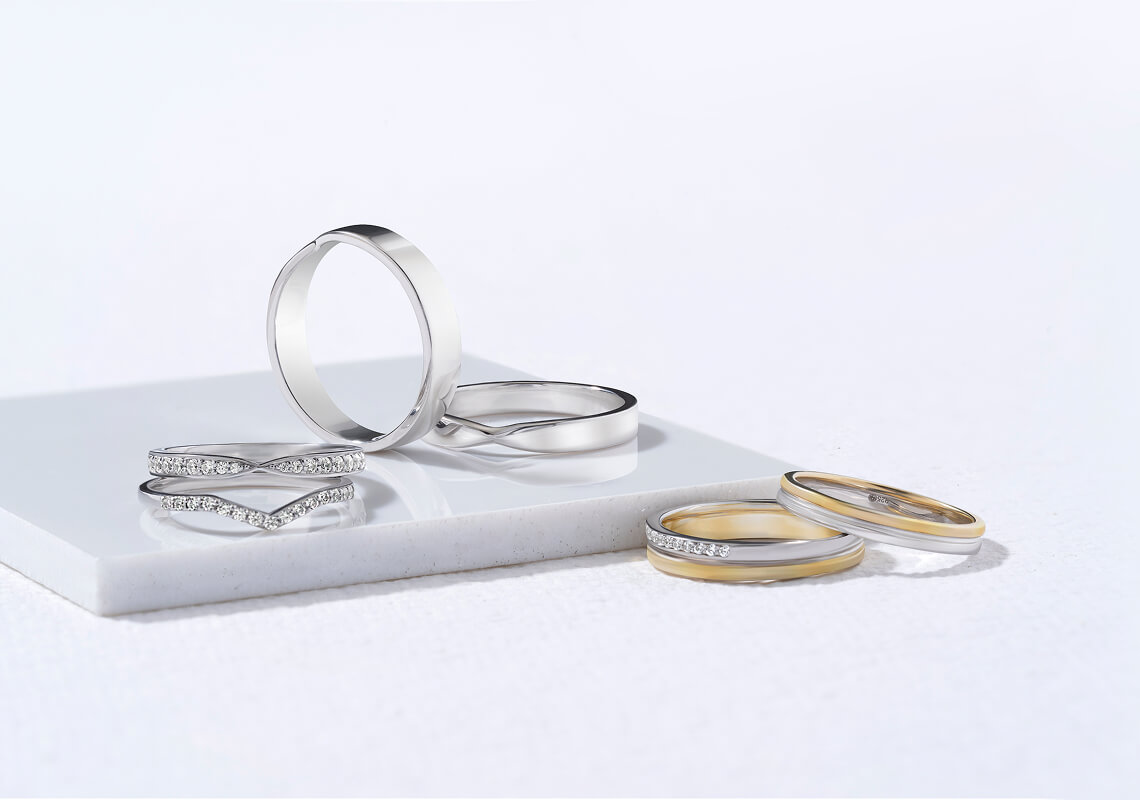
SHOP unisex couple rings
In the Roman Empire, jewelry was often seen as a symbol of authority and power. Men and women were seen styling intricate pieces crafted with high-quality metals. These jewelry pieces were not just a display of wealth but also a talisman of strength and heirlooms of legacy that were passed down through generations.
The importance of men’s jewelry has diminished, which has now shifted to the background of fashion as a societal norm. The role of jewelry in history has never been solely just about status. Long before the emergence of the modern era, men’s jewelry pieces served as a popularly known language called identity.
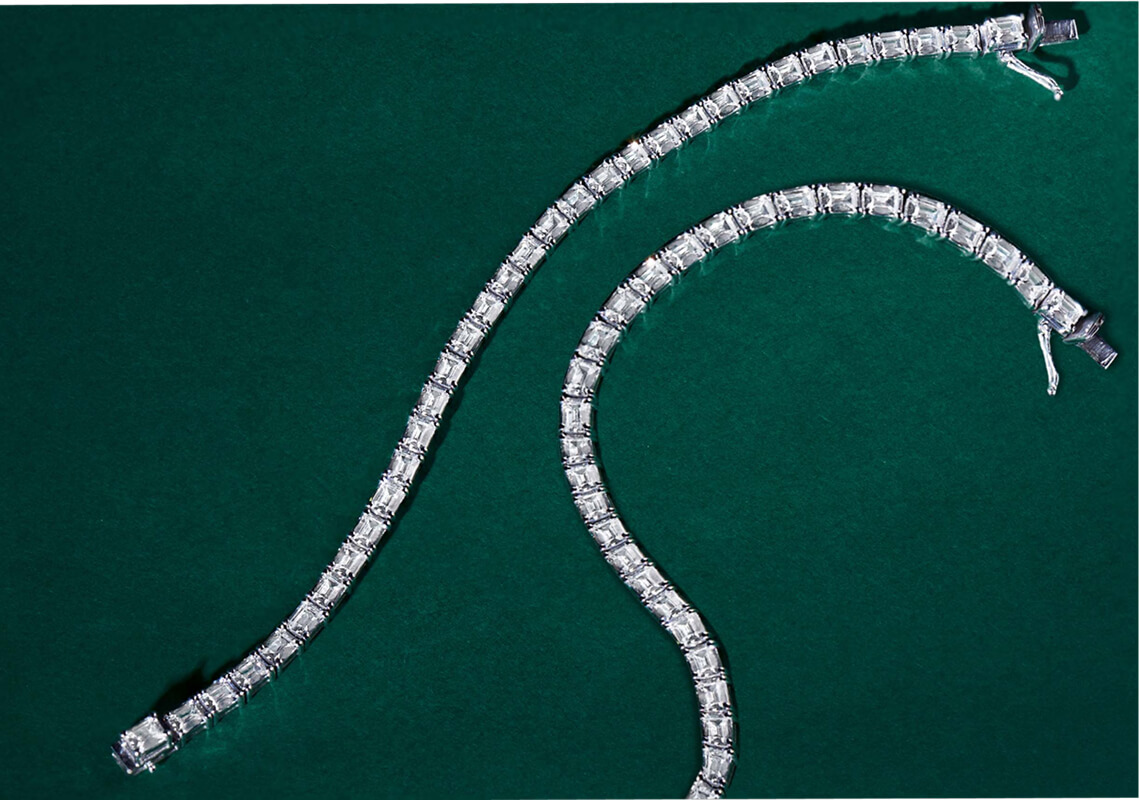
SHOP Tennis Bracelets
So, here is the question: why did the popularity of men’s jewelry or gender-neutral jewelry fade from prominence in the later centuries? And what has sparked its bold resurgence in today’s fashion world?
Well, the answer lies in cultural shifts, gender norms, societal acceptance, and evolving aesthetics. With our society moving away from the rigid definitions of masculinity, jewelry pieces have reclaimed their throne. They are no longer confined by traditions but are now redefined as a canvas for individuality.
Revival of Unisex Jewelry
The 18th & 19th Century:
It was during the industrial revolution that society reshaped and jewelry in the West became gendered. Women’s jewelry became extravagant, decorated with diamonds and motifs, symbolizing femininity. The men’s jewelry exuded subtlety with pocket watches, cufflinks, and signet rings.
Though this era saw minimal acceptance of gender-neutral jewelry, we consider this a step forward because we saw men embracing jewelry, so it is a win.

SHOP eternity rings
The 20th century:
By the time the 1920s rolled out, jewelry had become a tool of rebellion. This Art Deco era saw men and women in jazz clubs embracing jewelry, defying the norms. Rock ‘n’ roll icons like Jimi Hendrix, Mick Jagger, and David Bowie styled unisex stud earrings, layered necklaces, and some fun statement unisex rings as a symbol of counterculture masculinity.
It wasn’t until the 80s that hip-hop artists took it a step further with gold chains, diamond grills, and oversized rings. By now these jewelry pieces were not merely accessories; they were a way of declaring power and success.
The Modern Era:
Today, jewelry isn’t just a trend; it is more like a fashion movement. Be it anything right from unisex bracelets to unisex couple rings like our Timeless Love Couple Rings. Hollywood royalty like Harry Styles, A$AP Rocky, and Zendaya effortlessly have donned gender-neutral jewelry like unisex eternity rings with well-established jewelry brands.

SHOP Timeless Love Couple Rings
The Met Gala 2024 red carpet saw some amazing lab-grown diamond jewelry looks that value sustainability and style at the same time.
Most Popular Types of Unisex Jewelry
Tennis Bracelets
Men love their bracelets as much as women do! Popularized by the tennis champ Chris Evert, this staple jewelry has now transitioned to unisex jewelry, symbolizing luxury. This timeless piece of jewelry can be worn with your casual outfits for that much-awaited concert that you looked forward to. But if you wish to rely on a piece that pairs well with your black-tie events, you can always put your blind trust in tennis bracelets.
Tennis Necklaces
A tennis necklace is now anchored as a gender-fluid piece often used to create a layered necklace stack. Influential celebrities like A$AP Rocky and Pharrell Williams have been seen styling lab-grown diamond tennis necklaces with their streetwear ensembles. This seamless jewelry style perfectly mirrors the modern shift toward jewelry styles as a canvas for self-expression.
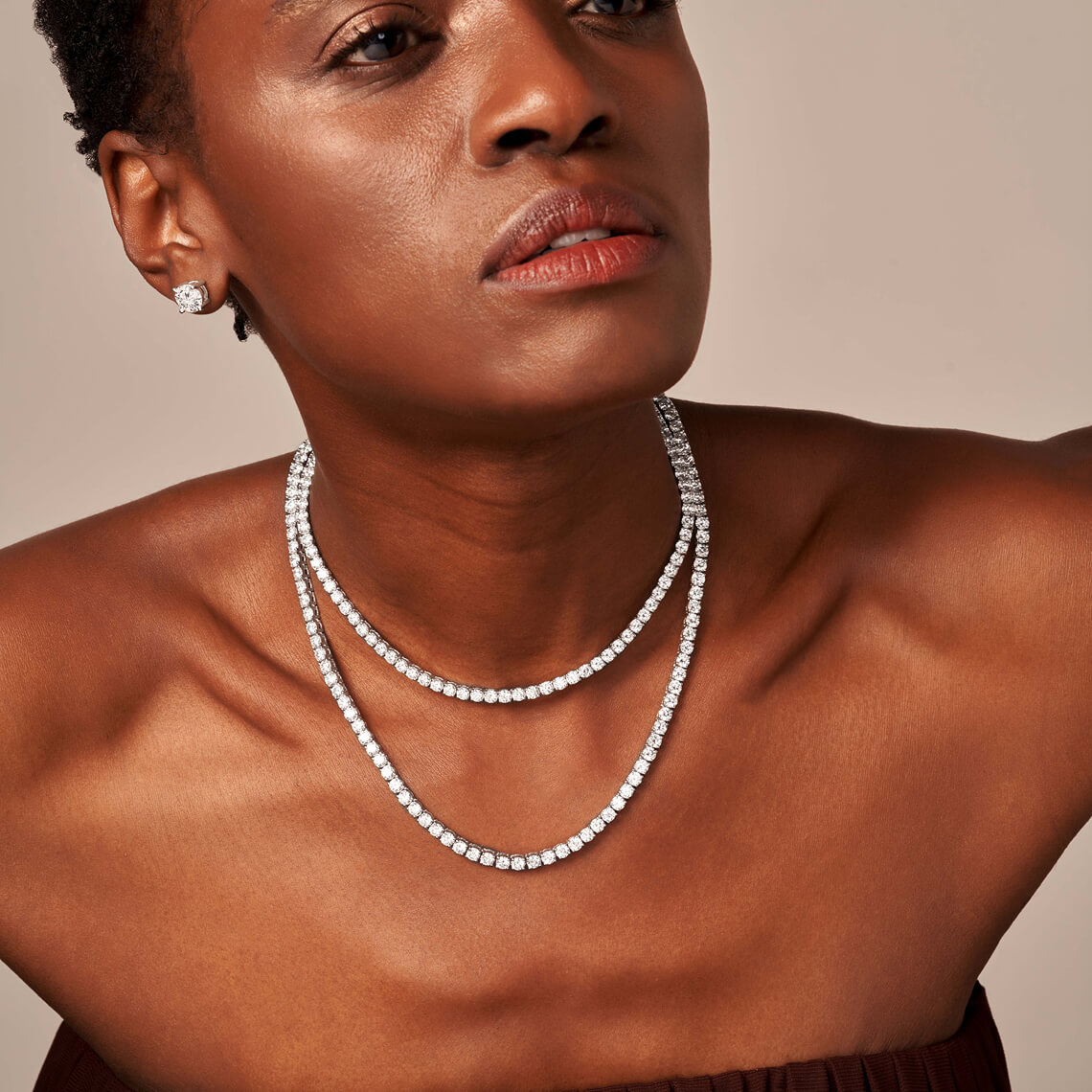
SHOP Tennis Necklaces
Eternity Rings
Historically this ring design was tied to matrimony, but now this style has been reimagined as unisex jewelry, which often symbolizes personal milestones. The infinite loop of diamonds on this ring often resonates with values of eternal love, friendship, or even friendship.
Stud Earrings
Renowned luxury houses like Friendly Diamonds often promote stud earrings as the ultimate gender-neutral jewelry. The simplicity and versatility of lab diamond stud earrings make them an entry point into unisex jewelry. Breaking the preset stigma around men’s jewelry.
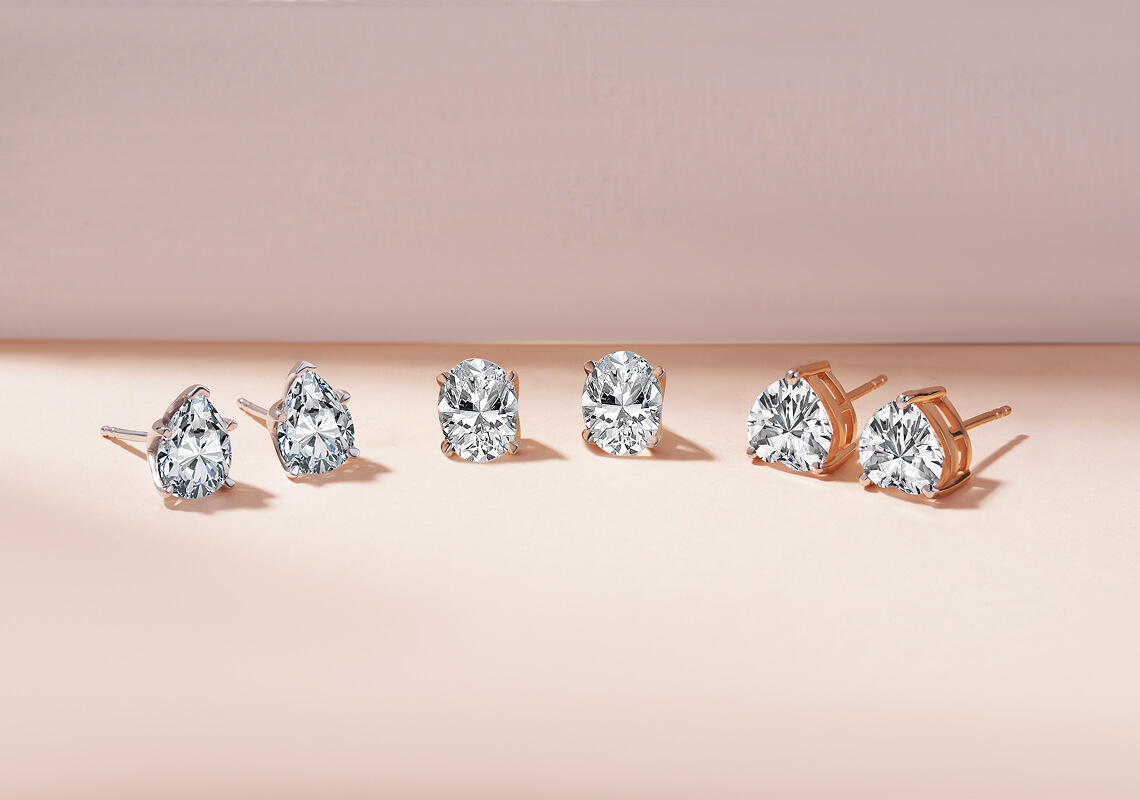
SHOP Stud Earrings
FAQ’s on Unisex Jewelry
Was jewelry always gendered?
No, jewelry was never really gendered. In fact, in ancient civilizations like Egypt and Rome, people were seen embracing gender-neutral jewelry as symbols of power and identity. It was during the 18th century when jewelry became more gendered. But guess what? Now jewelry is not gendered anymore; you can style it however you like.
Who revived unisex jewelry?
Hip-hop artists during the 70s and 80s were the ones who revived the trend of unisex jewelry. However, Harry Styles, A$AP Rocky, and Zendaya, among others, were the ones blurring the lines for jewelry being gendered.
How have lab-grown diamonds impacted unisex jewelry?
Lab-grown diamonds have this ethical appeal that connects with Gen Z consumers. This makes the luxury of getting diamond jewelry more accessible and eco-conscious.
We are sure now you know jewelry has always been a language of power, rebellion, and identity and was never really confined by gender. History is a witness that jewelry was never really tied down to “his” or “her” boxes. Unisex diamond jewelry is not just for women; men can rock it too! The revival of gender-neutral jewelry is all about embracing who you really are and not what society wants you to be. So, always remember the future of jewelry isn’t male or female. It is you!
Choose Friendly Diamonds for a Friendlier Tomorrow!
